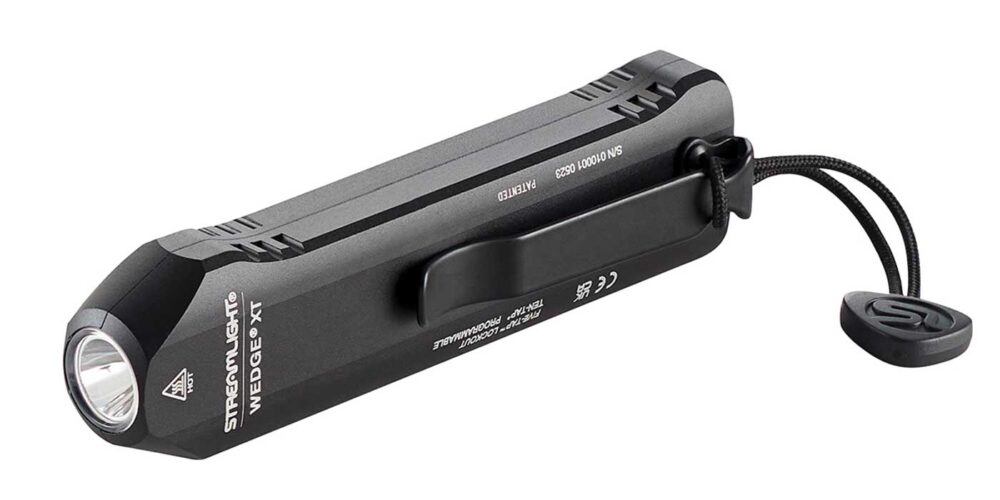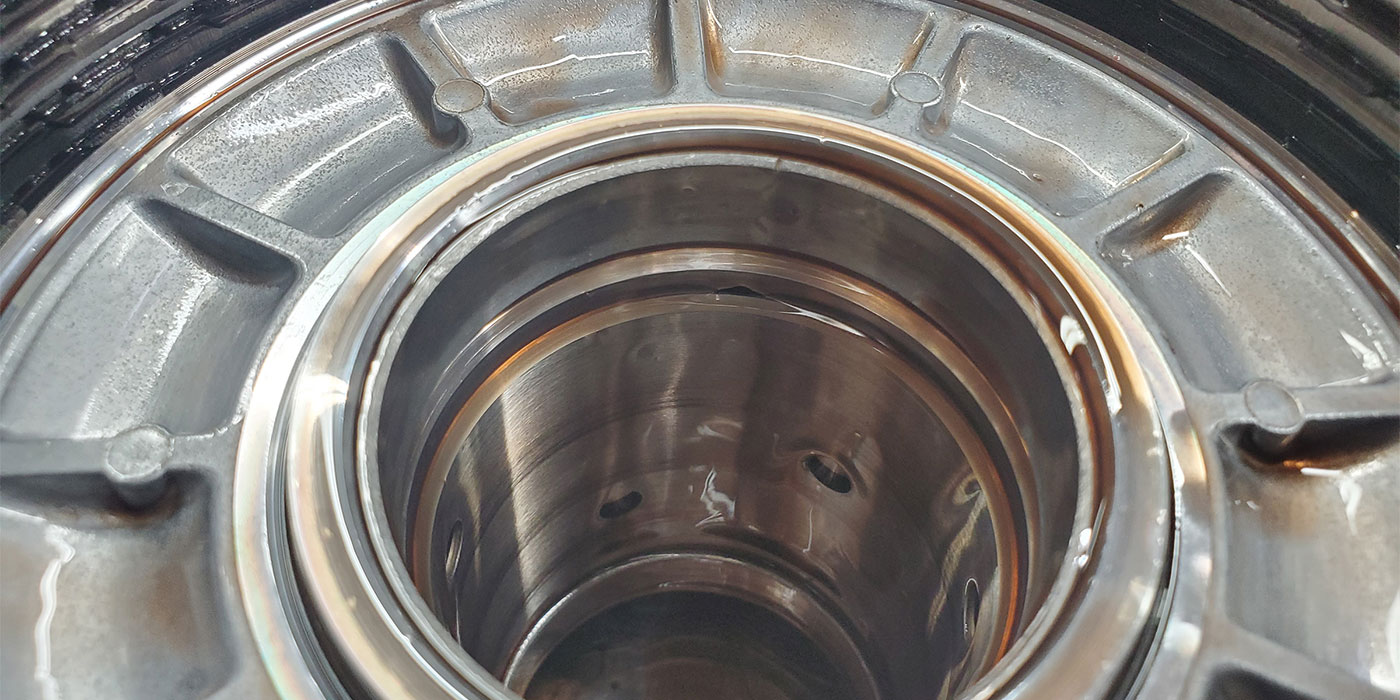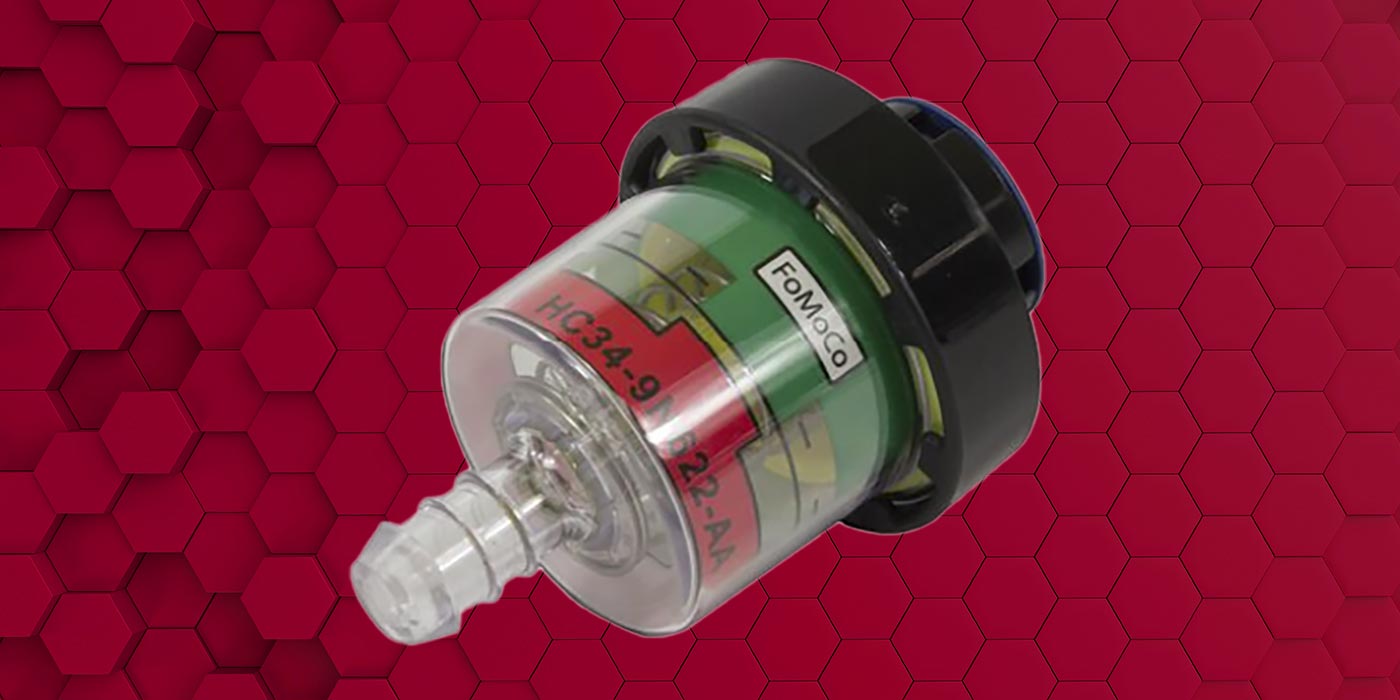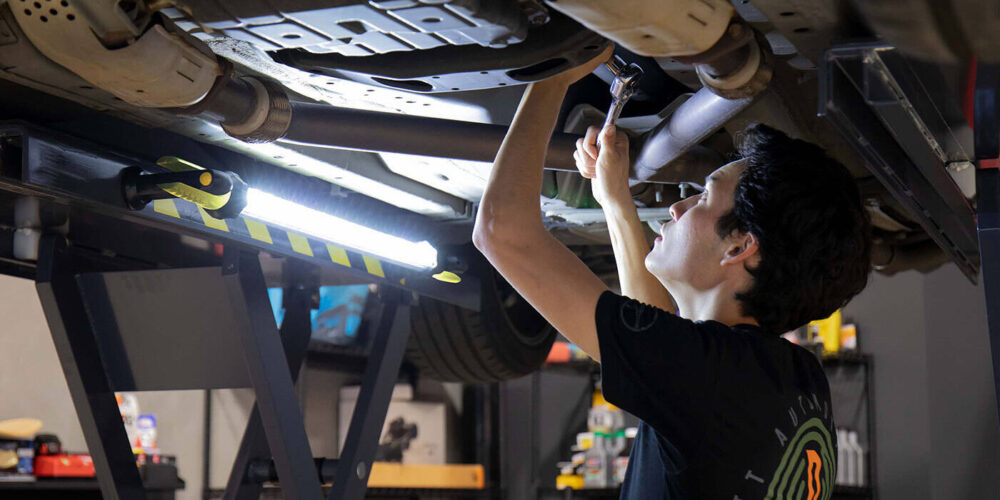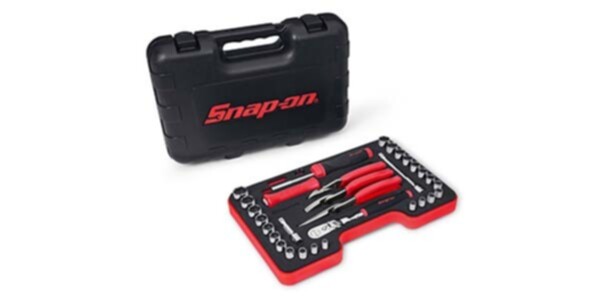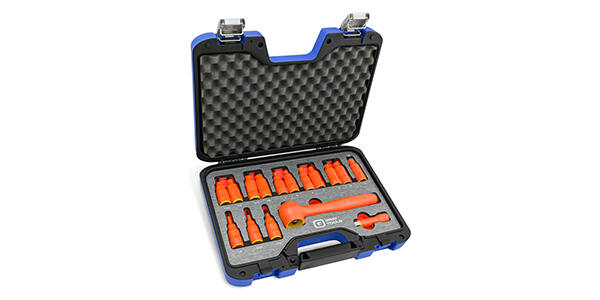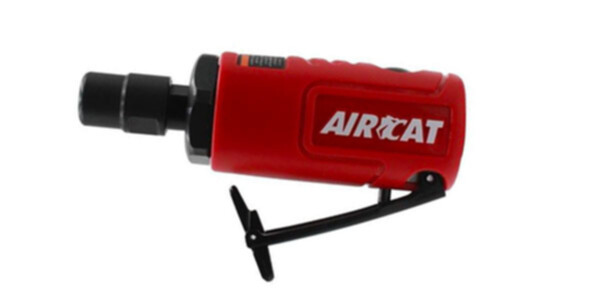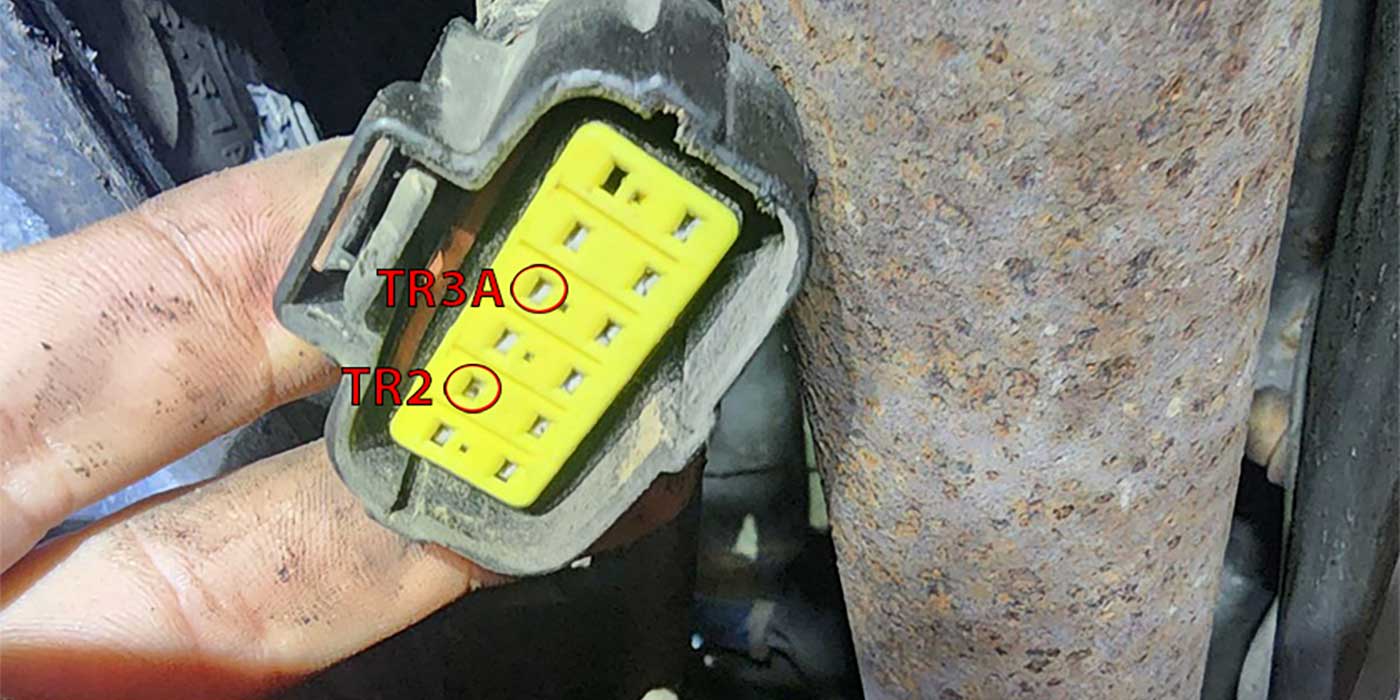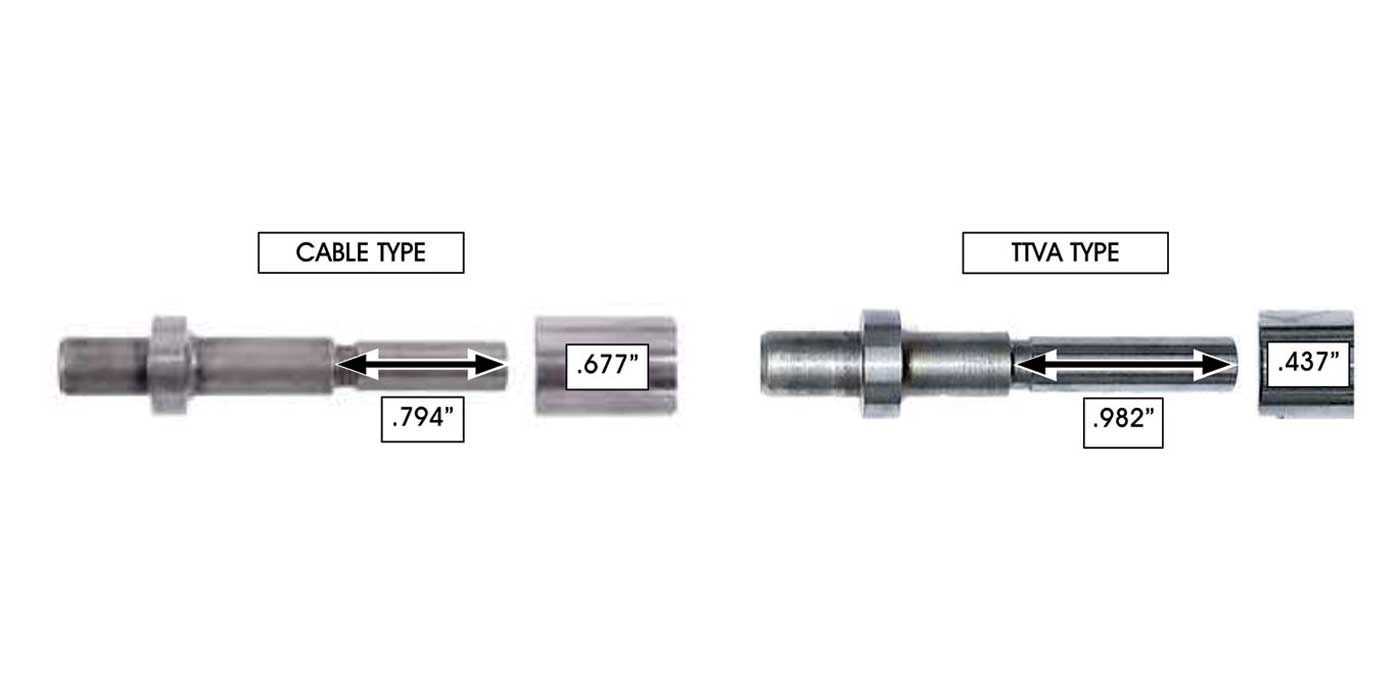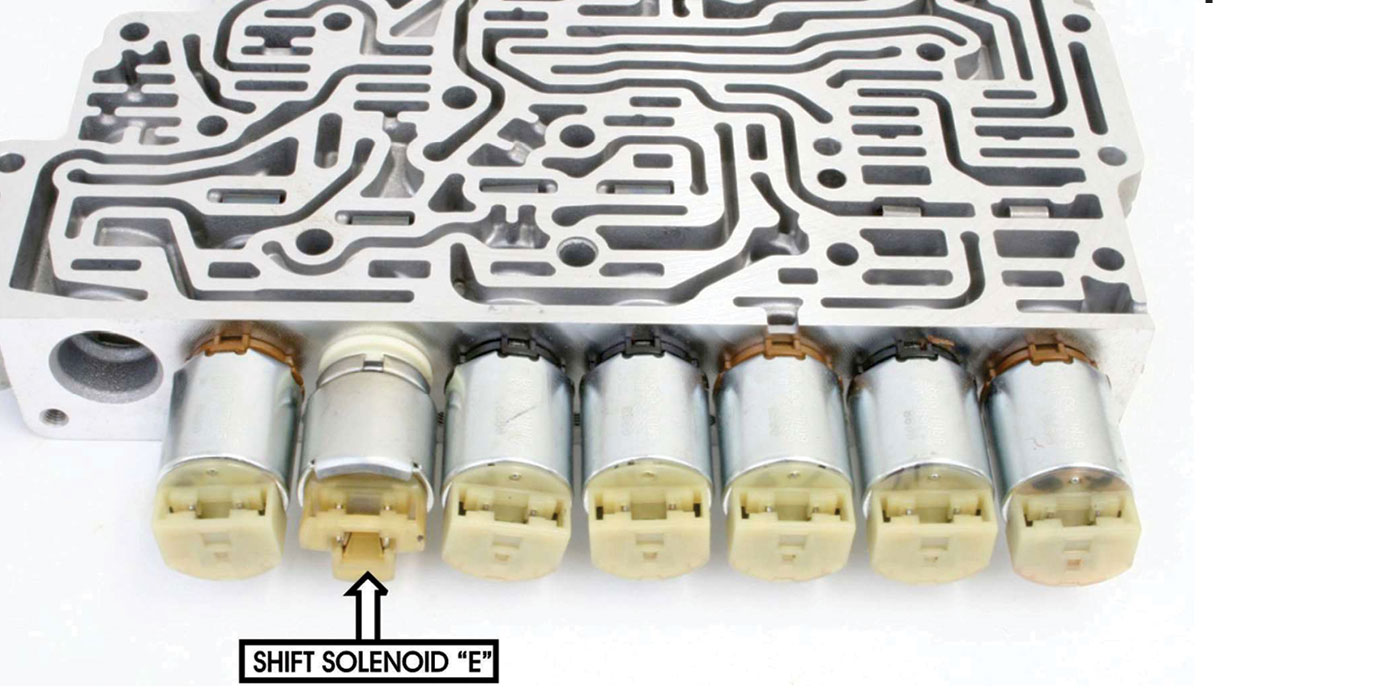Less is more: cord-less, that is. And in the case of cordless lights, there is a lot more, starting with more light! The light comes from Light Emitting Diode, or LED, technology. When they were first invented, LEDs were a revolutionary development of electrical science, affecting virtually every aspect of our lives.
Now LED lights are everywhere, and we’re all familiar with them, even in our homes, but the automotive industry has reaped the benefits as much as, if not more than, any other industry. Just like a diode, LEDs allow current flow in only one direction. When current, or electron flow occurs, photons are released.
Photons are tiny particles of electromagnetic radiation that are released as the electrons jump between atoms, and they’re emitted in the form of electromagnetic waves. This is where the visible light comes from. Certain wavelengths are visible to the human eye, which we perceive as light. Specifically, these wavelengths are those between 400 and 700 nanometers, and it’s in this range that LEDs emit photons.
Different wavelengths are seen by us as different colors. To control and obtain the different wavelengths that appear to us as different colors, LED output is controlled by altering the semiconductor material inside, which controls the energy of electron flow, the wavelength, and, ultimately, the color.
Early on, LEDs in automobiles were a type of LED called a through-hole LED, referring to the fact that their connectors went through holes in a circuit board for mounting. These were primarily used for warning indicators, such as an oil warning light or alarm indicator since they weren’t powerful enough for anything else. Over time, as technology was able to produce brighter white light, they began to see use in cordless lights.
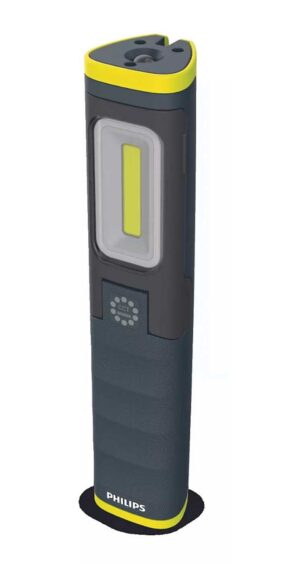
Through-hole LED were used for many years in lights, and worked well, but the most significant advance was the development of surface mount devices (SMDs) and chip on board (COB) technology.
SMDs were smaller with a much thinner profile, had as many as three LEDs on one chip and could be soldered directly to a circuit board. These made compact designs possible with multiple LEDs for extremely bright work lights. Then came COB technology which could fit nine or more LEDs on one chip, offering the highest light-to-energy ratio. Both types are very effective with light output, and both still commonly used.
For an auto technician, cordless lights have replaced the traditional “trouble” light, and in addition to the advantages of an LED light, there are many other technology-based features we can take advantage of.
If headlamps are your game, there’s a new technology of adaptive light beams that automatically adjusts intensity and focus to provide the necessary light output for the job at hand. Who thought that word was just for cruise control?
White light is what we use the most, but since LED technology produces different colors, there’s a couple that are useful to us and are included in many lights. Ultraviolet light is used for leak detection, so it’s a useful option to have.
Ultraviolet is unique because it’s a photon wave that’s just outside the visible light spectrum, but it’s easy to think of it as a color because it does give off a visible purple hue.
Red is the second color that’s becoming more popular, especially in headlamps. Why? Red has always been known to preserve night vision, and we all know there are never enough hours in the day!
Here’s a feature I really like: The device finder. It’s just like when you lose your TV remote, only better. Nobody likes to lose tools, but especially not a light. You’ve got extra 10mm sockets and you expect those to disappear in the occasional black hole, but losing your light can ruin your day. I’d rather hit a button before pulling a car out, just to know my light is under a pile of tools versus under the hood.
Have you ever heard of CRI? It stands for Color Rendering Index, and it’s a measurement of the ability of a light source to reveal the color of objects in contrast to natural light. In other words, do they appear the same as they would under natural sunlight? Light sources have a huge effect on how we perceive colors, and while we don’t care so much what color brake pads really are, it’s a unique feature for body and paint technicians.
CRI is measured from 0-100, and anything under 80 is considered poor; over 90 is considered good. So, a high CRI in a shop light is valuable when comparing colors. A common use is for comparing paint chips to a body panel, but it’s very much a “thing” in home refinishing, too. If you’re trying to decide on that perfect color for your addition or match one when you can’t remember the color, a high CRI light will show you the true colors.
Here’s another term that may strike you as unusual: Ingress Protection. If you’ve never heard of it, you’ve seen it for sure. It’s the IP rating that’s called out on most lights. The IP code is an international code which classifies the degree of protection against dust and liquids for electrical equipment. The rating consists of two numbers, e.g., IP65 (a common rating.)
The first number indicates ingress protection against solid objects, ranging from 0-6, and is basically related to the physical object size, including things like hands, all the way to small dust particles. Zero is no protection, six is the highest level available meaning it is dust tight.
The second number indicates resistance to liquids and includes classifications from dripping water all the way up to immersion and high-pressure jets. This ranges from 0-9, nine being the highest rating.
This is an important rating to look for when shopping for a light, since we all know when you’re under a car, dripping liquid automatically seeks out the most inconvenient places to drip, such as your eyes, your mouth or your work light.
Cordless lights are the way to go. Cordless lights plus today’s technology equals some of the most useful tools you’ll own.
This article originally appeared in our sister publication, TechShop magazine.

